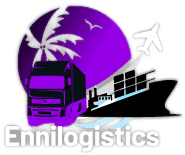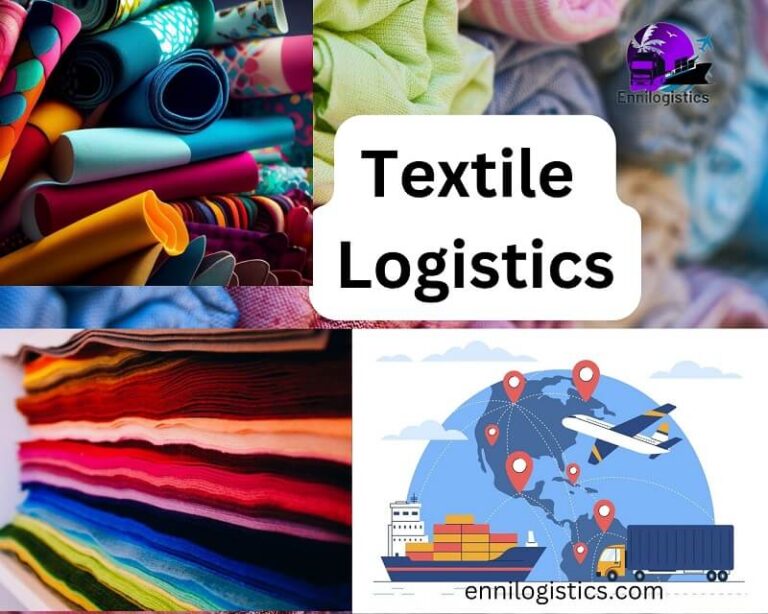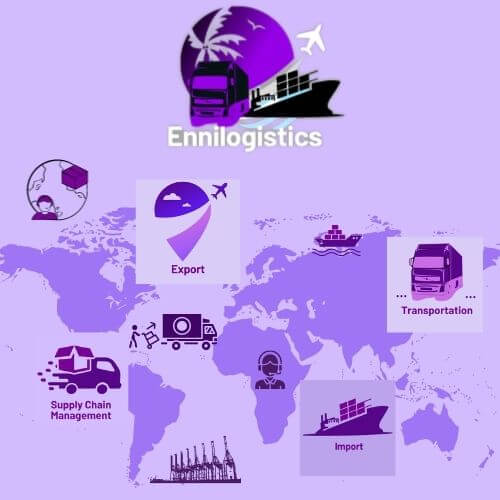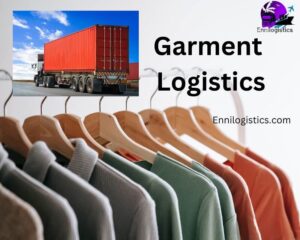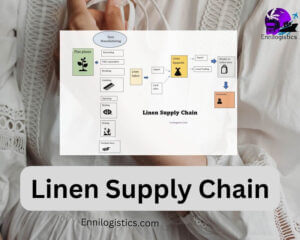Here going to explain the textile logistics process. Most people think textile logistics appeal logistics and garments logistics are the same. But the actual meaning of textile and appeal, garments are different due to the type of the products. when considering the logistics process these types are a little bit the same.
What is the meaning of Textile?
Definition of Textile
Textile can be defined as any fabric or cloth that is made from the process of weaving, knitting, or other methods by using fibers or yarns. Textiles can be made from various types of fabrics such as natural fibers and synthetic fibers.
The manufacturing process of Textile
involves the production of the fabric itself. This process includes spinning, weaving, knitting, dyeing, and finishing.
End product
The end product of the textile is fabric or material.
What is the meaning of Textile Logistics?
Textile logistics including proper planning process and management and execution of supply chain and distribution process of textile industry.
Activities involving textile logistics
All the activities related to the movement of textiles, fabrics, and other related products origin point of the supply chain to end products.Such as manufacturing facilities providing and distribution to the final destination via wholesalers, retailers, or directly to consumers.
Textile logistics involves the coordination of all the components of the textile supply chain such as purchasing of raw materials, manufacturing, storage and warehousing, and transport and distribution process.
Key components of Textile logistics
- Sourcing – purchasing of raw materials. (cotton, wool, synthetic fibers) from different suppliers.
- Manufacturing – production of textile products(weaving,dyeing,printing,finalizing process)
- Transportation – Moving raw materials and finished products by various modes of transport such as rail, road, sea, and air.
- Warehousing -store textiles and products in distribution centers or warehouses.
- Inventory management – keeping records and track of inventory levels for better inventory management. without keeping excess stock or stockouts.
- Order fulfillment processes – customer order processing, picking packing, and shipping products at the right time and also cost-effectively.
- distribution and logistics – coordination of the wholesalers, retailers, and logistics providers
- Return management- this process is also called as reverse logistics process. This includes handling returns and managing them cost-effectively by recycling repacking, and remanufacturing.
Required documents for Textile transportation
Commercial Invoice
Packing list
Bill of lading
Certificate of country of origin
Export certificates
Insurance certificate
Custom declaration form(Cusdec)
Quality control Certificates
You may like to read,
